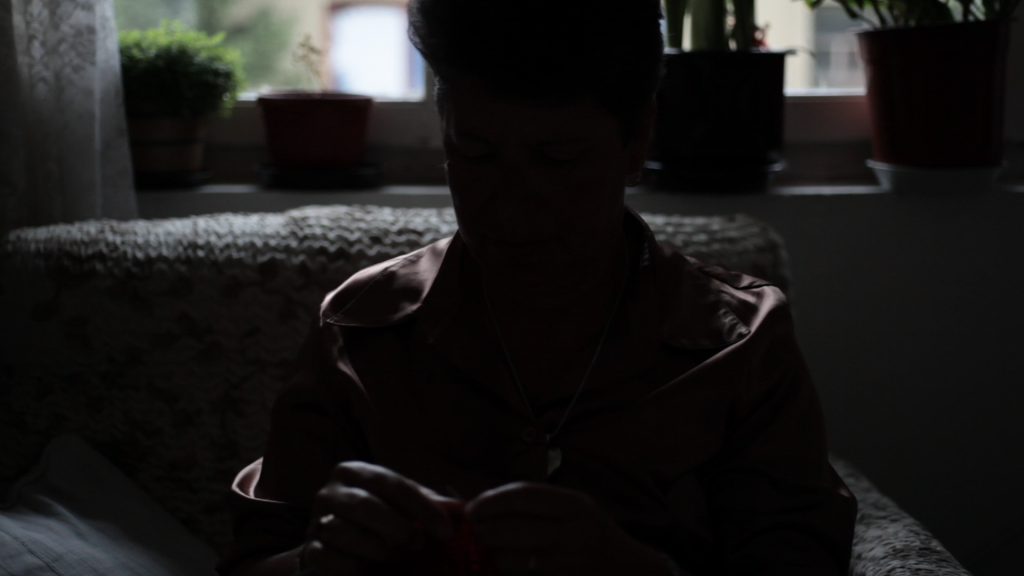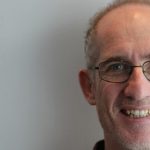
What role can the visual arts play in public health? How can a nation recover from mental health trauma when there are clearly not enough psychologists and psychiatrists to support them? Registered nurse Bruce Clezy presents a 6-part publication series exploring Post-Traumatic Stress Disorder (PTSD) and the visual arts.
What role can the visual arts play in public health? How can a nation recover from mental health trauma when there are clearly not enough psychologists and psychiatrists to support them? Registered nurse Bruce Clezy presents a 6-part publication series exploring Post-Traumatic Stress Disorder (PTSD) and the visual arts.
The Post-Conflict Research Center (PCRC) is a non-governmental organization based in Sarajevo, Bosnia and Herzegovina dedicated to restoring a culture of peace and preventing violent conflict in the Western Balkans by creating, implementing and supporting unconventional and innovative approaches to peace education, post-conflict research, human rights and transitional justice. Their commissioned works in public sculpture, photography, mixed media and film say much about the effects of war on a population. The implications of their work for mental health has, however, not been fully explored.
This publication “mini-series” is designed to try to address this imbalance. Over the next three weeks I will explore three different art projects produced by the PCRC. Each week, I will present information about PTSD as a public health issue and then examine an art piece as it relates to the issues raised in the hopes that each article will be informative for a general audience, but will also be relevant to artists, arts administrators and public health practitioners alike. This week’s focus is on “One Million Bones”, PCRC’s recent installation that was part of the 20th anniversary of the Srebrenica Genocide, and, in particular, how it aims to reframe debates about war, memory and PTSD. But first, here are a few facts about PTSD.
What exactly is PTSD?
The World Health Organization (WHO) defines PTSD as “a delayed or protracted response to a stressful event or situation of an exceptionally threatening or catastrophic nature, which is likely to cause pervasive distress in almost anyone.”(WHO, 2013) Typical symptoms include: episodes of repeated reliving of the trauma in intrusive memories (“flashbacks”), dreams or nightmares, a persistent sense of “numbness” and emotional blunting, detachment from other people, unresponsiveness to surroundings, and avoidance of activities and situations reminiscent of the trauma (WHO, 2013). Many sufferers find it difficult to hold down a job. Alcoholism and substance abuse often result as people try to dull the memories. This further increases the chance of social isolation for sufferers. Crucially, PTSD is not only confined to veterans. It can affect anyone and is not just a result of war.
How is PTSD diagnosed?
Traumatic stress affects every individual in different ways. Symptoms also vary dramatically along cultural lines. For a diagnosis of PTSD, a person’s response to past trauma must include intense fear, helplessness and/or terror. People who experience symptoms for three months or less are said to be suffering acute PTSD. If the symptoms have existed for longer than three months, then they are diagnosed with chronic PTSD. If the symptoms appear for the first time at least six months after the traumatic event, then the person is considered to be suffering from delayed onset PTSD (Krippner, Pitchford & Davies 2012).
How prevalent is PTSD in the community?
A recent study of PTSD prevalence rates across populations who had experienced conflict worldwide showed that 15.4% of people interviewed reported symptoms of PTSD (Steel, Chey & Silove, 2009). Given the widespread exposure to severe trauma during the Balkans war, it is not surprising that rates of PTSD remain high in Bosnia. A 2010 study across the Balkans, for example, found that 35.4% of the Bosnians who responded had experienced some form of PTSD (Prieb, Bogic & Ajdukovic, 2010). This rate was almost double that of responders from any of the other four national groupings (Serbs, Croats, Slovenes, Kosovars) that were interviewed and had also experienced the Balkan wars.
How is PTSD treated?
Treatment is based on the individual needs of each patient, the severity of their diagnosis, and the type of PTSD they are experiencing (acute, chronic, delayed onset) and its causes. Treatment typically involves some kind of psychotherapy and/or medication. Current evidence recommends Cognitive Behavioral Therapy (CBT). While CBT has been shown to be more effective than medications, the availability of qualified therapists varies dramatically across countries and between cities. This lack of access to qualified therapists and individual choice means many sufferers decide to refuse therapy and take medications (Foa, Keane & Friedman, 2009).
Next up: On Memory and Forgetting: PCRC’s One Million Bones (Part II)
—
Further reading:
Foa E B, Keane T M, Friedman M J, Cohen J A (eds). (2009). Effective treatments for PTSD: practice guidelines from the International Society for Traumatic Stress Studies. New York: Guilford Press, 2009.
Krippner S, Pitchford D B. & Davies J. (2012). Post-Traumatic Stress Disorder. Santa Barbara, California: Greenwood.
Priebe S, Bogic M, Ajdukovic D, Franciskovic T, Galeazzi G M, Kucukalic A, Lecic-Tosevski D, Morina N, Popovski M, Wang D, Schutzwohl M. (2010). Mental disorders following war in the Balkans: a study in 5 countries. Archives of General Psychiatry. May; 67 (5): 518-569.
Steel Z, Chey T, Silove D, Marnane C, Bryant R A, van Ommeren M. (2009) Association of torture and other potentially traumatic events with mental health outcomes among populations exposed to mass conflict and displacement: a systematic review and meta-analysis. JAMA. Aug 5; 302 (5): 537-49.
World Health Organisation (2013). Guidelines for the management of conditions particularly related to stress. Geneva: World Health Organisation.






